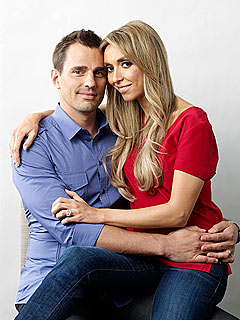

She will have surgery this week, followed up with six weeks of radiation. Globe writer Deborah Kotz wonders if Rancic’s case may encourage other young women to insist on mammograms, and if that’s a good idea.
Here’s an excerpt from her article:
“While Rancic was lucky, her urging women to get screened, as she did this morning, requires some qualifications. Mammograms are known to be particularly poor imaging tools for finding tumors in young women; that’s because women in their 30s tend to have denser breast tissue that looks similar to a tumor, which is also dense. Often mammograms miss significant tumors in those under 40 and even more commonly, they find a host of abnormalities that turn out not to be cancer.
“I’m worried, though, that women may be swayed more by Rancic’s powerful story than the faceless,emotionless science.”
Dr. Michael Musci, medical oncologist from Ironwood Cancer & Research Centers agrees.
“It is not standard practice to screen women under 40 years of age because the sensitivity of mammograms in this age group is not optimal. Testing based on genetic risk factors or those with clinical concerns (most commonly a palpable mass or strong family history) makes sense because in a higher risk patient, testing is more likely to find breast cancer.
“Any test, even self breast exam, should be reviewed with your physician with some discussion of the limitations to avoid unnecessary surgery for benign lesions. Aggressive testing in low risk populations can increase the number of biopsies and surgeries on healthy women.”

No comments:
Post a Comment